All Posts
Most users of the ODS Graphics system have probably had the need to adjust the dimensions of their graph output at times. The ODS GRAPHICS statement makes this easy to do. This statement supports the WIDTH= and HEIGHT= options. If you set just one of these, the system will calculate

Sometimes, I pick something fun to do with SAS/GRAPH so that I can learn and experiment with some of the more obscure functionality that I'm wanting to master. This is one of those situations. This fun graph allowed me to experiment with crosshatch patterns in maps, overlapping map areas and creating 'holes' in maps.

If your company has an EPTO account, it could be like getting a FASTPASS ticket to SAS Global Forum. EPTO units won't move you to the head of the line like FASTPASS (there are no lines), but they can pay for your SAS Global Forum event registration fees! Don’t know what
The Adverse Event Timeline graph posted earlier used the MARKERCHAR option of the SCATTER plot to draw the AE names. This option places a center-justified label at the marker position. There is no option in SAS 9.2 version to right-justify the label. Hence, we have to compute an offset in data
A few years ago I had the privilege of presenting the last technical paper at SAS Global Forum. This year, conference chair Andy Kuligowski asked me to go one better than that, and present a talk at the official Closing Session. What will I talk about? That's a mystery (maybe
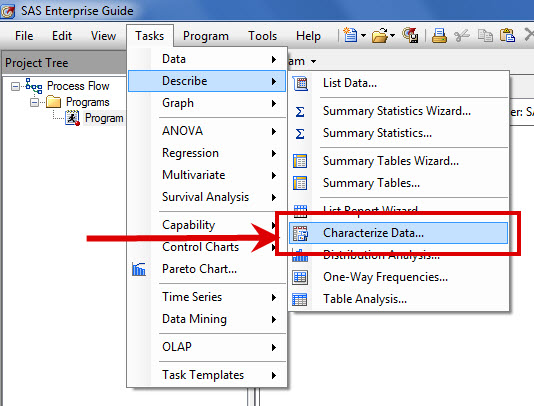
During IFSUG yesterday, Sunil Gupta gave attendees to his presentation a special homework assignment. Look into the SAS Enterprise Guide task 'Characterize Data'. Sunil suggested that this was a simple approach to quickly getting a summary of all the variables within your data table. Of course, some programmers will use

"Bad data does exist," says Sunil Gupta, SAS author and Global Corporate Trainer, Gupta Programming. Gupta is an expert in the pharmaceutical and medical device industry, but he volunteered this week to speak to an audience of SAS users in the insurance and financial services industries about minimizing the impact and

Today at IFSUG, Chuck Patridge presented a wonderful talk about how to complete fuzzy matching using BASE SAS tools. Chuck has been programming SAS since 1979 and has been tasked multiple times with coming up with in-house solutions to address business needs without the software costs that are typically associated
Bubble plots are often used to display social and economic data as Gapminder effectively does. With the addition of the BUBBLEPLOT statement to SAS 9.3, it is now possible to create bubble plots in SAS with a few lines of code: proc template; define statgraph bplot; begingraph; entrytitle 'Bubble Plot

By show of hands, I’d like to know what you consider to be the most exciting day of SAS Global Forum
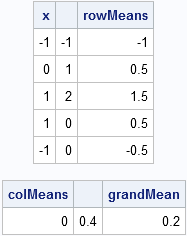
As a SAS developer, I am always looking ahead to the next release of SAS. However, many SAS customer sites migrate to new releases slowly and are just now adopting versions of SAS that were released in 2010 or 2011. Consequently, I want to write a few articles that discuss
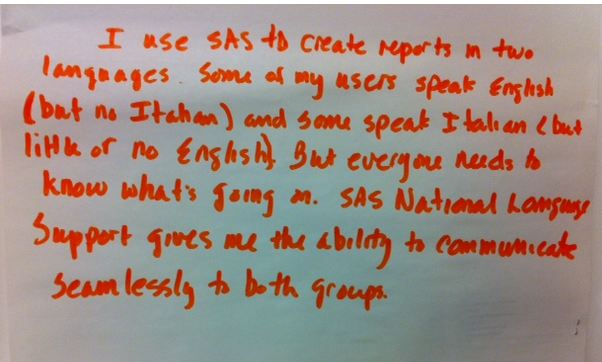
If you've never lived outside of your own small town, you might not realize that each country has a distinct way of writing and formatting currency and numbers. This can be a real problem when working with data and code - I'll bet some of you are already aware of
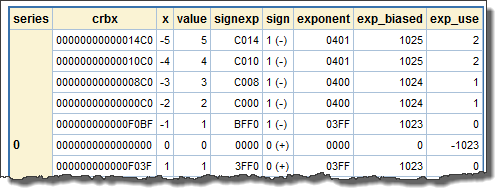
About once a month, a customer approaches SAS and asks a question of significance. By "significance", I don't necessarily mean "of great importance", but instead I mean "of how SAS handles large numbers, or floating-point values with many significant digits". In response, we always first ask why they asked. This
In the previous post, “Roses are red, violets are blue…”, I discussed the general problem of getting style attributes to line up with specific group values and some ways to overcome the problem. In this installment, I want to elaborate on the attribute map functionality in the Graph Template Language
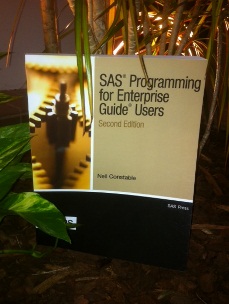
Neil Constable is a Principal Education Consultant at SAS in the United Kingdom, where he applies his extensive knowledge of Base SAS, SAS Enterprise Guide, and the SAS business intelligence tools. He's also the author of SAS Programming for Enterprise Guide Users, Second Edition--and this week's featured tip. You can get to know Neil











